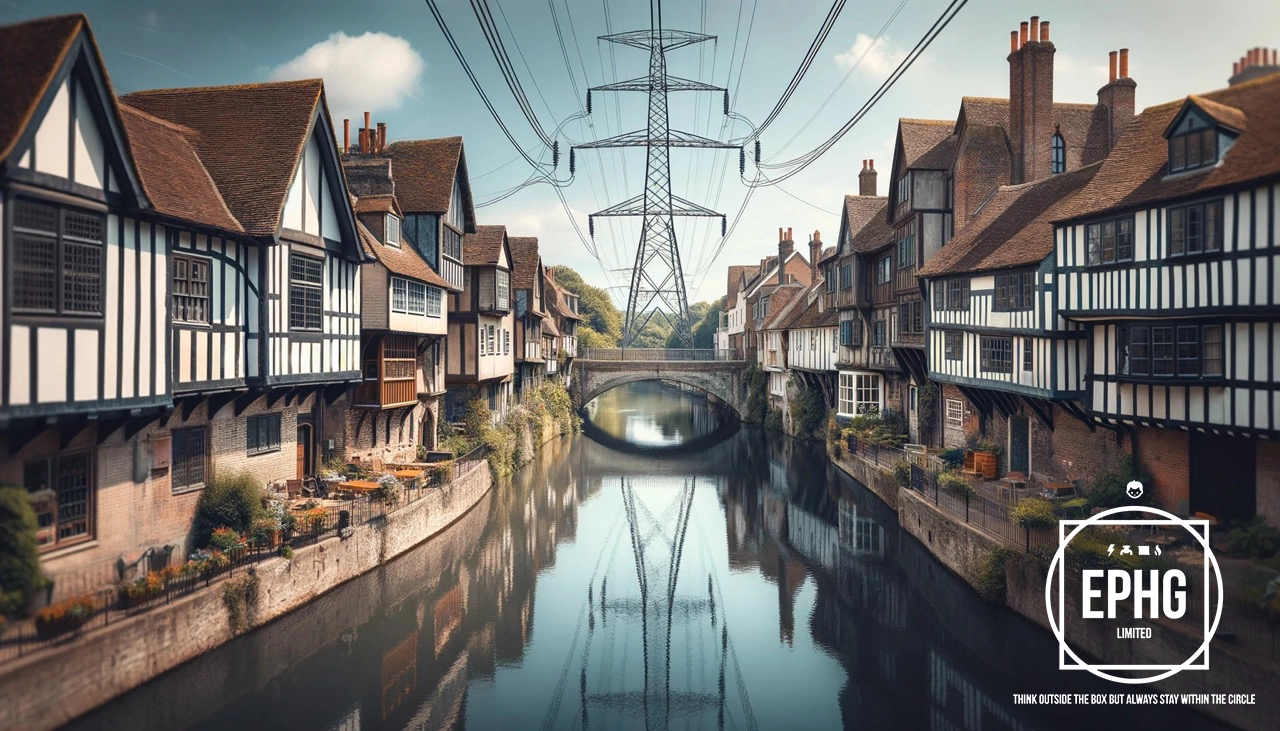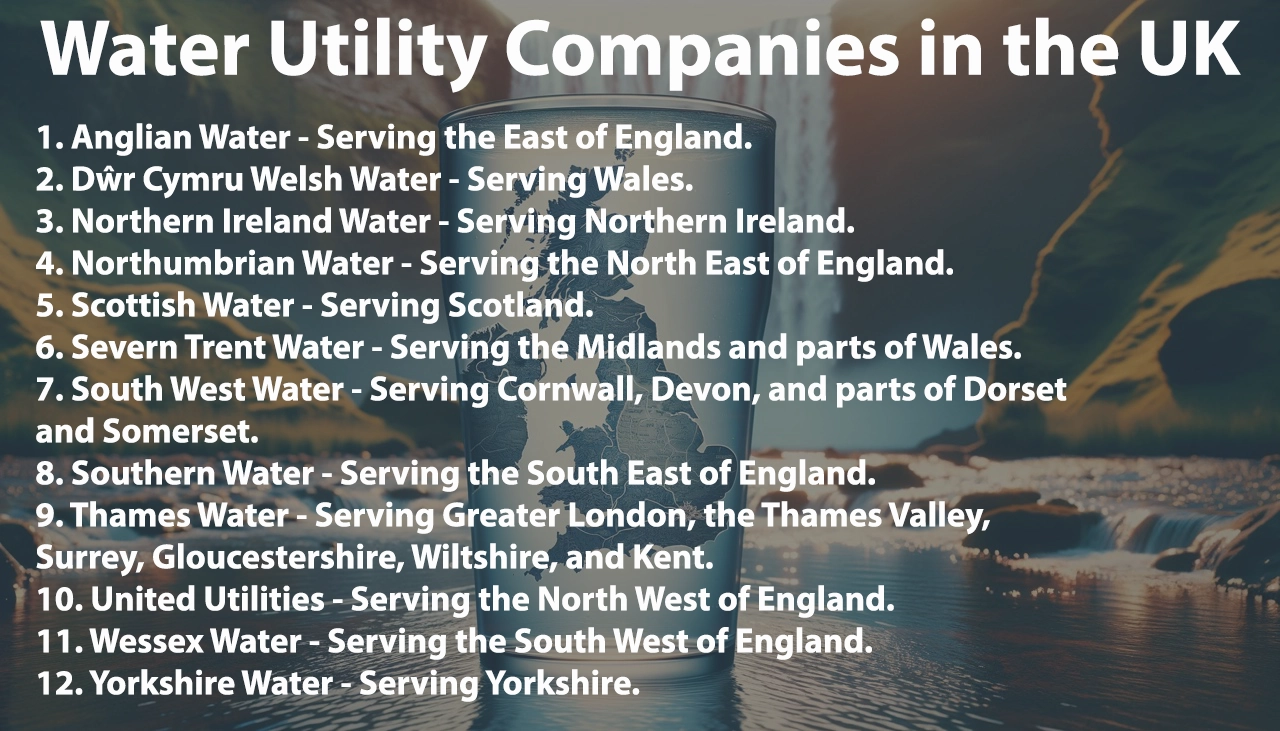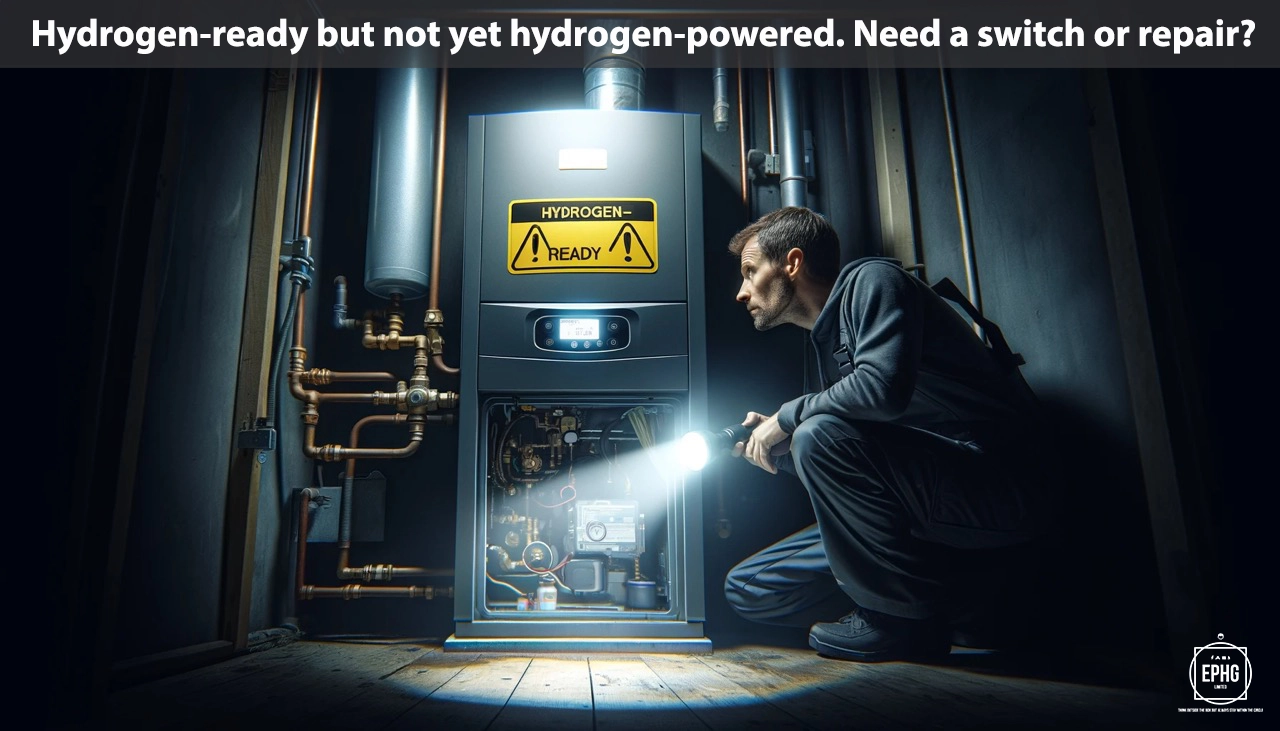
CT Postcodes for Utilities & Services in Canterbury
Introduction: The CT postcode area, covering Canterbury and its adjacent locales, intertwines historical heritage with contemporary living. This article will explore essential utilities such as water and electricity vital for the sustenance and comfort of its residents and businesses.
Water in Canterbury
Where does the water supply come from in Canterbury, and is there ever a shortage of water?
Canterbury's primary water supply originates from underground sources and local rivers, supplemented by reservoirs in drier periods. The region's water companies employ extensive purification processes to ensure that water complies with health and safety regulations before it is distributed. Despite Canterbury's generally reliable water supply, the area is susceptible to seasonal variations and the broader implications of climate change, which can occasionally lead to water scarcity. To mitigate these risks, water authorities implement stringent water management practices and encourage residents to conserve water. The community's active participation in saving water helps maintain a stable supply throughout the year.
What is the hardness & quality of the water in Canterbury, and can this affect your health?
Water in the Canterbury area is classified as moderately hard due to its journey through the natural chalk and limestone of the region. While hard water results in more mineral deposits and could affect household appliances, it is not harmful to health and contributes beneficial minerals like calcium. The quality of Canterbury's water is rigorously maintained, with regular monitoring to ensure it remains safe for consumption. Residents experiencing issues with hard water, such as scale buildup, can use water softening solutions. Authorities continue to prioritize water safety and quality, ensuring it meets all residents' health and lifestyle needs.
Electricity in Canterbury
Where does the electric supply come from in Canterbury, and what is the future of energy there?
The electricity supply in Canterbury primarily comes from a combination of national grid sources, including nuclear, gas, and a growing proportion of renewable energy. The region benefits from its proximity to offshore wind farms and increasing installations of solar panels, both in urban areas and surrounding countryside. Canterbury is embracing sustainable energy practices, with local initiatives and investments in renewable energy solutions such as solar power projects and small-scale hydroelectric systems. The future of energy in Canterbury is geared towards sustainability, with a strong emphasis on green technology and reducing the carbon footprint. The area is moving towards an energy-efficient model, promoting environmental responsibility and aiming to become a leading example of renewable energy usage in the UK.
When is hydrogen coming to gas boilers in Canterbury?
The integration of hydrogen into heating systems in Canterbury is in line with the UK's broader strategy for achieving a low-carbon future. While specific timelines for the complete transition are not set, the region is preparing for this innovative change with research and pilot projects anticipated in the near future. Residents are advised to stay updated with local and national developments regarding hydrogen energy and consider maintaining their heating systems to ensure compatibility with future technologies. The transition aims to significantly reduce household carbon emissions and contribute to the overall sustainability goals of the area.
Where Does the Wastewater Go in Canterbury
In Canterbury, efficient wastewater management is critical for maintaining public health and protecting the natural environment. The city’s wastewater is treated at advanced facilities, where it undergoes comprehensive cleaning processes to remove contaminants before being safely released back into local water bodies, such as the River Stour. These efforts ensure that the area complies with environmental regulations and strives to minimize the impact of urbanization on local ecosystems. Canterbury's dedication to effective wastewater treatment reflects its commitment to preserving the region's historical and natural beauty while adapting to modern environmental challenges.
Regions and Services:
The CT postcode spans from the historic cathedral city of Canterbury to the coastal regions of Kent, offering a blend of cultural heritage and scenic landscapes. Key regions include:
- Canterbury City: A central hub for advanced utility services, supporting both the historical aspects and modern living demands of the city, with well-developed electrical and gas infrastructure.
- Dover, Margate, and Ramsgate: Coastal towns providing a combination of traditional charm and contemporary services, reflecting their roles as important cultural and economic centres, with a growing focus on renewable energy sources.
- Whitstable, Herne Bay, and Deal: Quaint seaside villages and towns known for their unique character, where local initiatives aim to balance traditional utilities with emerging sustainable energy projects.

Regions within the CT Postcode
Canterbury and Surrounding Areas
- CT1: Canterbury City Centre, St. Martin's Hill, Northgate
- CT2: University of Kent, Harbledown, Rough Common
- CT3: Wingham, Aylesham, Littlebourne
- CT4: Chartham, Bridge, Bekesbourne
- CT5: Whitstable, Tankerton, Chestfield
- CT6: Herne Bay, Beltinge, Reculver
- CT7: Birchington, Minnis Bay, Acol
- CT8: Westgate-on-Sea
- CT9: Margate, Cliftonville, Garlinge
- CT10: Broadstairs, St. Peter's
- CT11: Ramsgate, Pegwell
- CT12: Ramsgate, Manston
- CT13: Sandwich, Eastry, Woodnesborough
- CT14: Deal, Walmer, Kingsdown
- CT15: Dover, Alkham, Lydden
- CT16: Dover, Tower Hamlets
- CT17: Dover, Buckland, Temple Ewell
- CT18: Folkestone, Hawkinge, Lyminge
- CT19: Folkestone, Cheriton
- CT20: Folkestone, Sandgate
- CT21: Hythe




